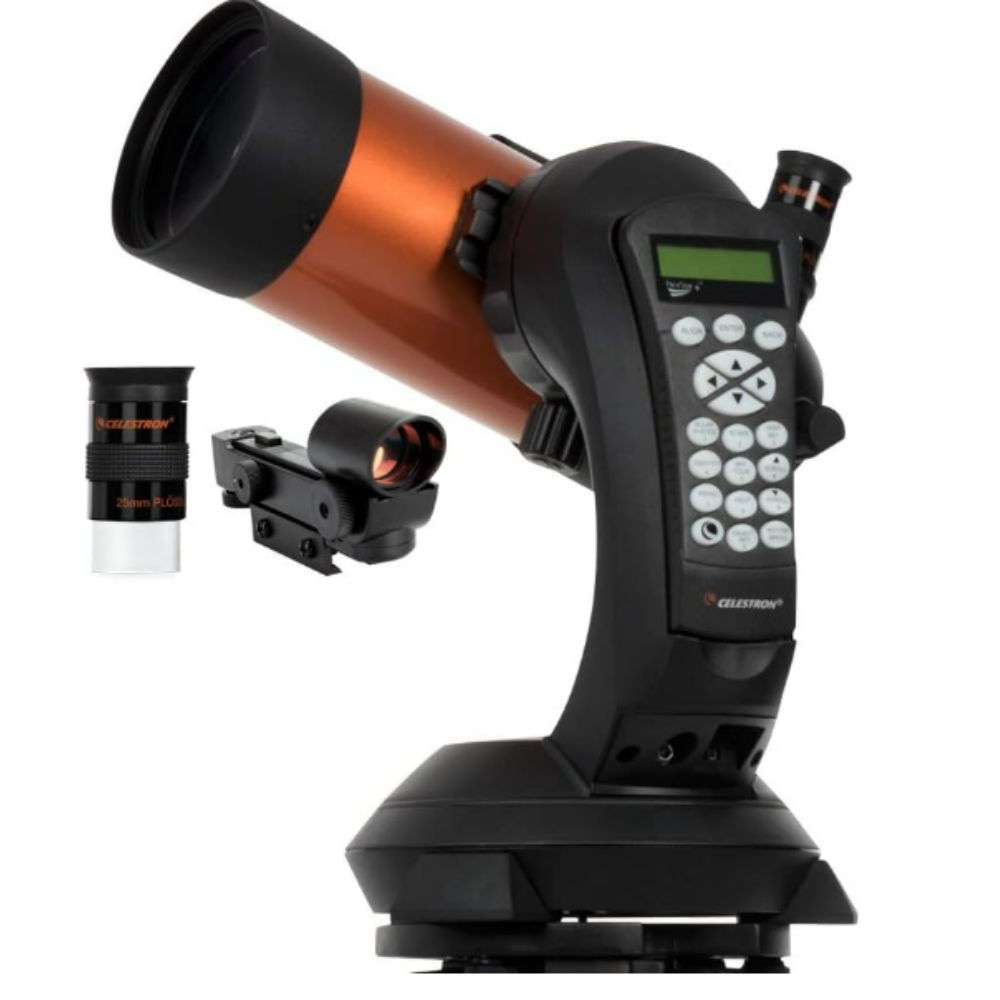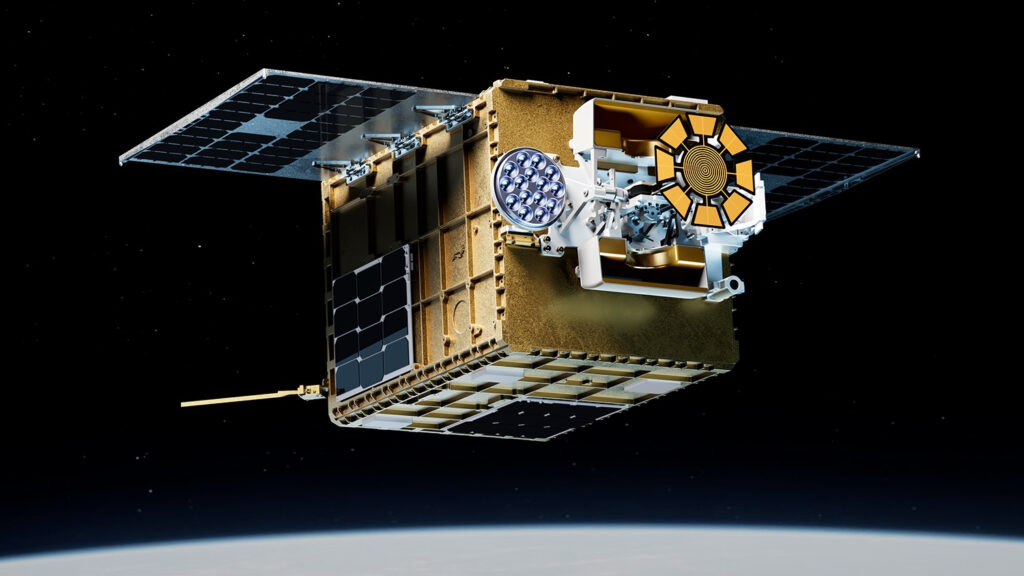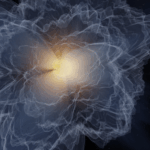Now Reading: Venus is at its farthest from the sun on June 1: Here’s how to see the bright ‘morning star’ this weekend
-
01
Venus is at its farthest from the sun on June 1: Here’s how to see the bright ‘morning star’ this weekend
Venus is at its farthest from the sun on June 1: Here’s how to see the bright ‘morning star’ this weekend

Venus reaches its point of greatest western elongation on June 1, at which time the dazzling ‘morning star’ will be at its most distant point from the sun in Earth‘s sky during its pre-dawn apparition.
The rocky planet will hit the orbital milestone at 00.00 a.m. EDT (0400 GMT) on June 1, while Venus is below the horizon for skywatchers in the U.S, according to stargazing website EarthSky.org. At this time, Venus will be separated from the sun by a gulf of 46 degrees along the line of the ecliptic, which is the apparent path taken by the sun and planets as they journey through the constellations crowding the night sky.
The best time to spot Venus for stargazers in the U.S. is during the pre-dawn hours on May 31 and June 1, when the planet will appear as a bright, magnitude -4.3 morning star rising over the eastern horizon, easily visible to the naked eye (remember, the brightest objects in the sky have lower or negative magnitudes). You’ll need a telescope with an aperture of at least 60mm (2.4″) to see the planet’s disk, which appears half lit at this point in the Venutian orbit, according to telescope-maker Celestron.
Venus has been a regular fixture in the morning sky following its inferior conjunction on March 22, when it passed between Earth and the sun, marking an end to its evening appearances. Its tight orbit around the sun ensures that Venus never strays far from the horizon, at least in comparison to Mars, Jupiter, Saturn, Uranus and Neptune, whose distant orbits allow them to be seen throughout the night when conditions allow.
TOP TELESCOPE PICK:

Want to see the planets of our solar system for yourself? The Celestron NexStar 4SE is ideal for beginners wanting quality, reliable and quick views of celestial objects. For a more in-depth look at our Celestron NexStar 4SE review.
While June 1 may mark the point of greatest separation between the sun and Venus during its morning apparition, it won’t be the highest that the planet will rise above the eastern horizon over the coming months. This is because a planet’s altitude in the sky is dependent in part on the inclination of the ecliptic relative to the horizon, which shifts throughout the year due to Earth’s wobbling orbit.
Editor’s Note: If you would like to share your astrophotography with Space.com’s readers, then please send your photo(s), comments, and your name and location to spacephotos@space.com.
Stay Informed With the Latest & Most Important News
Previous Post
Next Post
-
 012024 in Review: Highlights from NASA in Silicon Valley
012024 in Review: Highlights from NASA in Silicon Valley -
 02Panasonic Leica Summilux DG 15mm f/1.7 ASPH review
02Panasonic Leica Summilux DG 15mm f/1.7 ASPH review -
 03From Polymerization-Enabled Folding and Assembly to Chemical Evolution: Key Processes for Emergence of Functional Polymers in the Origin of Life
03From Polymerization-Enabled Folding and Assembly to Chemical Evolution: Key Processes for Emergence of Functional Polymers in the Origin of Life -
 04How New NASA, India Earth Satellite NISAR Will See Earth
04How New NASA, India Earth Satellite NISAR Will See Earth -
 05And Thus Begins A New Year For Life On Earth
05And Thus Begins A New Year For Life On Earth -
 06Astronomy Activation Ambassadors: A New Era
06Astronomy Activation Ambassadors: A New Era -
07SpaceX launch surge helps set new global launch record in 2024




















